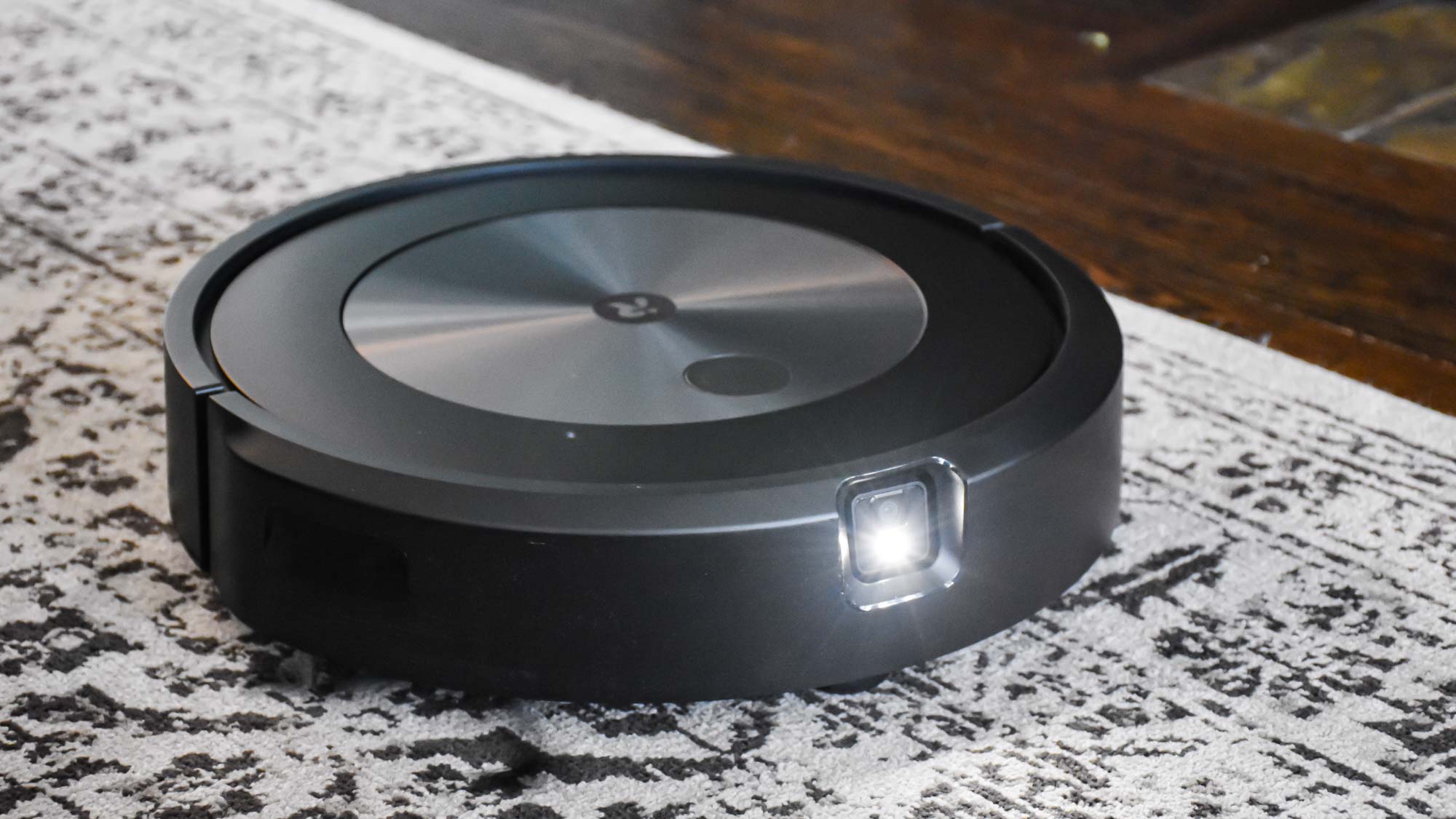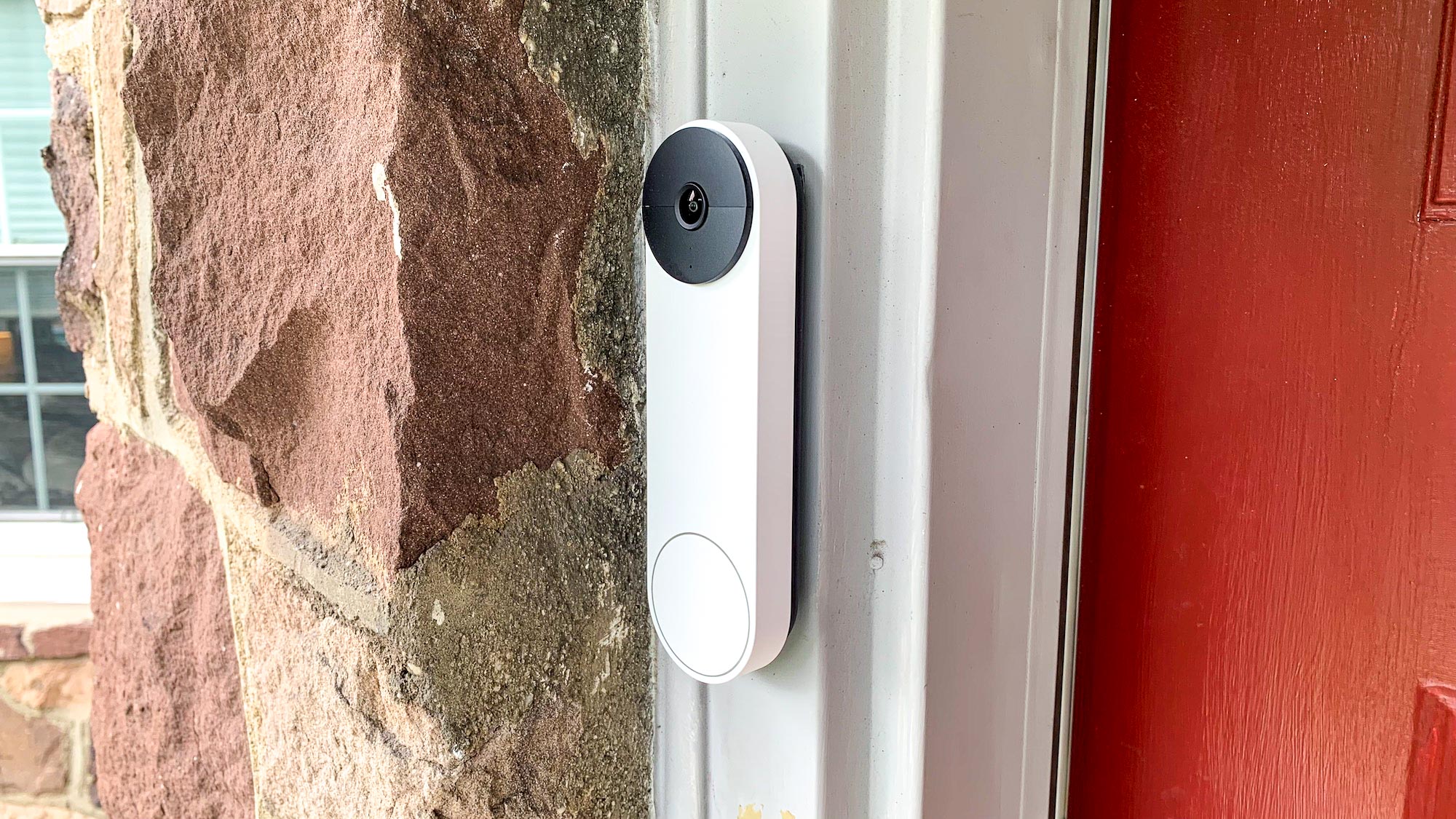Special Report: Ring, iRobot and Nest reveal how AI is transforming your smart home
Here's how the top companies are leveraging artificial intelligence to elevate smart home experiences

A damaged pipe starts to leak; a porch pirate tries to steal your packages; your new puppy pooped on your carpet (sorry, but it happens) or, even worse, you suffer a fall when no one is around to help — are your smart home devices smart enough to save the day?
Our smart homes are getting smarter. We’re transitioning from the days of everything being connected to an app and consequently being labeled “smart” to devices actually capable of learning thanks to advancements in processing that accommodate artificial intelligence (AI).
But it’s difficult to distinguish between devices marketed with smart home buzzwords and those that leverage some form of artificial learning. If a device’s core features promise to better understand your habits over time and make relevant adjustments independently, it’s likely using AI.
Many of the best smart home devices – from smart lights, security cameras, and robot vacuum cleaners to smart water shutoff systems and smart thermostats – now have computing capacities capable of powering edge processing. So with the upcoming smart home standard Matter still in limbo, AI could be the answer to making smart homes less intimidating, more perceptive and mostly autonomous.
We spoke with leading smart home companies using AI to improve their products about why and how artificial learning benefits their devices, plus what customers should know in terms of information privacy and whether AI is truly a fixture for the industry going forward.
Why do smart home devices use AI?
When the first video doorbells launched, you might remember common complaints of false motion notifications. Customers would be warned of someone at the door that was actually a deer eating grass across the street or car speeding past. Both Ring and Nest, companies behind two of the best video doorbell models, turned to AI to let devices better curate alerts based on what users want to see.
“With the help of artificial intelligence, the devices can recognize the difference between an animal and a package,” said Sophie Le Guen, Senior Product Manager for Google. “This helps users truly limit their alerts as much as they want.”
Get instant access to breaking news, the hottest reviews, great deals and helpful tips.
There’s an expectation of convenience from smart home devices, as well as what we might call the desire to “set it and forget it.” Constant intervention defeats the purpose of upgrading to internet-connected gadgets.
“We want to eliminate the need for the customer to have to ‘program’ their smart home system or constantly have to tweak device settings in order to get the best battery life, the most convenient automations, or reduce unnecessary notifications,” said Alina d’Aubermont, Director of Product for Ring Alarm.
When it comes to the best robot vacuums, AI is even more essential. Anyone with a pet could imagine the unsanitary chaos of vacuum vs. indoor accidents.

“The robot can intelligently detect things on the floor like shoes and solid pet waste, something you don’t want your vacuum to pick up,” said Chris Jones, iRobot CTO.
There are energy-saving benefits to AI as well. Some of the best smart thermostats can make temperature adjustments in respect to clean energy schemes while still catering to your habits. The Nest Renew initiative, for example, shifts usage of eligible thermostats to times when your grid is cleaner or energy is less expensive and provides a clean energy match based on how you’re cutting back on fossil fuels in your home.
“This means Nest will purchase renewable energy credits (RECs) on your behalf,” said Blake Kozak, Senior Principal Analyst for smart homes at Omedia. “So, for consumers that are interested in sustainability, Nest is relying on integrations and AI to deliver clean energy.”
Kozak also identified smart plumbing solutions or some of the best water leak detectors as a way AI can save customers money. A few months ago we met with Phyn CEO Ryan Kim, who described how the Phyn Plus Automatic Water Shut Off Valve learns your plumbing system's habits to then detect when something’s abnormal or might be wrong. Based on even a minor anomaly in pressure, a solution like the Phyn Plus can turn off your home’s water before, say, a broken pipe floods your basement.
“This is a big step for reducing insurance claims and monitoring water usage,” said Kozak. “A smart water shutoff valve that relies on AI can bring peace of mind and security to homes.”
How is AI leveraged in smart home devices?
For any of the best Roombas, AI is integral to establishing the robot vacuum’s role in your home. It’s not a static device, after all.
“Our devices are complicated, and by the nature of what they do, they’re out there needing to intelligently cover and clean your home,” said iRobot's Jones. “AI is what’s powering the advancements to give users personalization of the product so it increasingly works better and better for them in their home.”
If a device like the iRobot Roomba j7+ detects an obstacle in the same area every time, it can do things like ask you to confirm that it’s something is a permanent obstacle, or suggest a “keep out” zone you might not have known you needed. The robot could also recognize that the area under the dining room table is always dirtier than other parts of the home. Then it can plan for a short sweep of just the dining room after dinner time.
Some security cameras or video doorbells are equipped with facial recognition, letting you design a database of regular visitors who can be announced automatically via voice assistant upon arrival. Similar technology can tell the difference between a person or a package at your door, for doorbells like the Nest Doorbell and Ring Video Doorbell Pro 2.

“Ring’s AI vision are the neural networks that, when combined with information from advanced sensors such as Radar or PIR, can bring not only very accurate and highly customizable motion detection, but also more advanced features like Birds Eye View,” said Laurent Brisedoux, Senior Manager of Software development for Ring. “With the latest Smart Alerts features like Package Alerts and Custom Event Alerts, Ring goes beyond the predefined set of supported use cases and allows customers to create unlimited detectors.”
“With the latest Ring cameras, radar technology is combined with AI to track users across a property,” said Kozak. “Without AI and video analytics, none of these advanced features of security cameras would be possible.”
Another company we’ve not mentioned yet promising to implement AI in perhaps one of the more fascinating ways is smart lighting company Sengled. The Sengled Smart Health Monitoring Light is an ambitious smart light innovation that can create a picture of a user’s health without a camera — just a radar sensor.
“With several bulbs networked together via Bluetooth Mesh, say, in a bedroom, the bulbs can determine if someone has taken a fall based on their movements and where those movements are in the room,” said Kenneth Camp, Sengeled Product Innovation Director. “Once that has been determined, help can be contacted without input from the user.”
Though the Smart Health Monitoring Light isn’t available yet and might not launch with a full suite of AI-powered features, it does suggest learning smart home devices could be potentially life-saving. Amazon is also supporting these kinds of intelligent tools in the fairly new Alexa Together service that helps users keep an eye on loved ones in other homes. Alexa Guard notably uses AI to identify concerning sounds like glass breaking or fire alarms, too.
Should you be worried about your home’s intelligence?
The 1999 Disney Channel Original Movie Smart Home cautions of a futuristic house is too brilliant for its own good, taking self-authorization much too far upon believing it knows what’s best for the home’s inhabitants. Robot vacuums aren’t going to lock us in our home, but there are some safeguards in place customers should know about when it comes to artificial learning-capable devices.
Increasingly smart home devices use local processing, meaning records and responses to events in the home take place on-device. The companies behind major smart home platforms like HomeKit, Alexa and Google Home have corralled intelligence growth without offloading data. In other words, data doesn’t get sent to the cloud for analysis. Not only does this make your data more secure, but it also means those smart home devices will continue to work even if your Internet connection is disrupted.
Then there’s understandable concern with cameras that record our family members or hold footage of us, so some devices even have advanced options for local storage.
“With Ring Alarm Pro, for example, customers have the option to store encrypted video locally on an SD card,” d’Aubermont said. “We’re constantly evolving and evaluating our approach to privacy and security to keep our customers protected, and that won’t change.”
“It is important for customers to understand that our latest Nest cameras and doorbell process data on-device, which is a more private foundation,” said Le Guen.
We can offer some general suggestions on how to secure your smart home, hopefully making it feel creepy. Use two-factor authentication when available and consider one of the best password managers for making a variation of hard-to-guess passwords for your smart home accounts. Firewalling your network, disabling guest internet access or creating a Wi-Fi network dedicated to smart home devices can protect your data from bad actors.
Does smart home technology need AI to improve?
“We see AI as the next evolution for smart home devices, to unlock new use cases and achieve their full potential,” Camp said. “Smart home devices sometime get a bad rap for being too complicated to use – especially if a device is not working as desired.”
The smart home space really needs an interconnectivity protocol such as Matter to address sweeping complications. But in the meantime, impressive improvements are arriving on a device-to-device basis as more people around the world purchase smart home devices and allow data to be collected and processed.
“As adoption and usage of smart home devices grows, so does the data,” d’Aubermont said. “The more data that is available, the more opportunities there are to utilize machine learning to provide a tailored, convenient, magical, helpful smart home experience.”
“In the larger world of IoT, AI helps transition smart devices from being descriptive, to predictive, and finally to prescriptive,” Camp said.
Prescription definitely seems to be the direction smart home devices are heading, though as a result of AI and machine learning growing less exclusive we might see it advertised in different ways. There is a greater expectation that top-rated smart home devices will make automatic adjustments for streamlining the smart home experience.
“We certainly don’t hit people over the head to talk about AI, it’s not pushed as a feature,” Jones said, “AI is the features.”

Kate Kozuch is the managing editor of social and video at Tom’s Guide. She writes about smartwatches, TVs, audio devices, and some cooking appliances, too. Kate appears on Fox News to talk tech trends and runs the Tom's Guide TikTok account, which you should be following if you don't already. When she’s not filming tech videos, you can find her taking up a new sport, mastering the NYT Crossword or channeling her inner celebrity chef.
